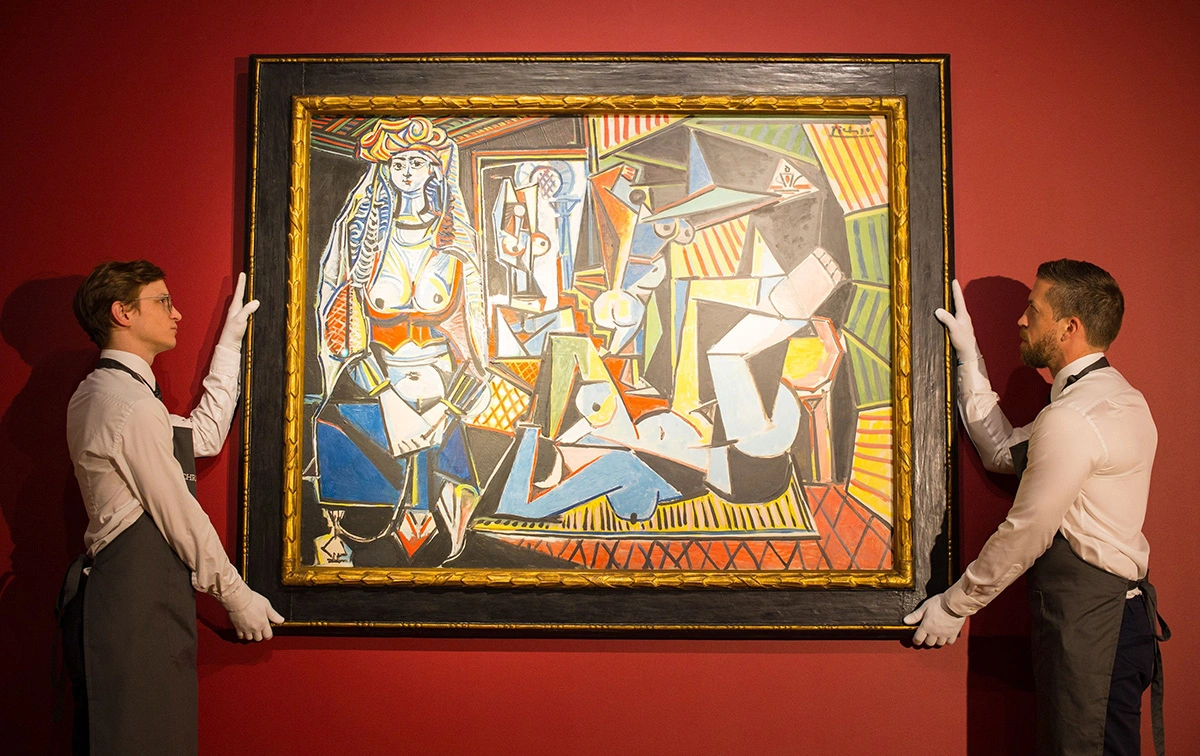Modern art has come a long way in the past few centuries. You might have been too busy studying for your exams to notice, or perhaps you never really had time to delve into the world of art. Either way, there’s no harm in learning more about this fascinating genre.
After all, who knows? Perhaps you’ll discover a new master painter and be inspired to paint as well. If you answered yes to either of the above questions, then read on!

What is Modern Art?
Modern art is the art produced after the end of the Middle Ages (i.e., the Early Modern Period). It includes the period from the late 18th century to the present day. It often refers to art that is related in some way to the Industrial Revolution, art that is inspired by the French Revolution, or art that attempts to express the feelings of alienation that result from rapid social change.
History of Modern Art
The Baroque is a style of art that emerged in Europe in the 17th century. Developed by artists like Peter Paul Rubens in response to the Reformation, Baroque art is characterized by a dramatic and intense use of colour.
Flowers, insects, people, and animals are often depicted in hyperrealistic detail, their shapes distorted to exaggerate their appearance. Baroque art typically depicts scenes with a heavy emphasis on movement, giving them a realistic appearance.
Rococo is a style of art that emerged in the 18th century. Rococo art is characterized by its stylized and exuberant use of imagery, colour, and composition. The term Rococo is derived from the French verb “recorder,” which means “to decorate with rococo ornamentation.”
Key Developments in the History of Modern Art
The Impressionist Movement
The Impressionist artists were among the first to experiment with the effects of light on colour. They were inspired by the effects of sunlight upon the landscapes of France and frequently used strong, vibrant colours to create bold, often blinding effects.
The Fauvist Movement
The Fauvist artists were among the first to bring the principles of Impressionism to painting. They were especially inspired by the bold and bright colours of the Impressionist painters.
Cubism
Cubism is perhaps the single most important movement in the history of modern art. It was a revolutionary break from traditional modes of depiction, in which the artist depicted reality using only geometric forms. Instead, the Cubist artists broke all of the rules of perspective to create paintings that often seem more like sculptures.
Abstract Art
The abstract artists were among the first to abandon geometric forms in favour of pure, abstract colours. Abstract art is often highly conceptual and involves the artist using his or her own set of associations to create a new piece of art.
Modernism
Modernism is a term used to describe the art of the 20th century. It includes artists like Pablo Picasso and Henri Matisse who were highly experimental, often rejecting the rules of classic art in favour of their creative visions.
How to Learn about Modern Art Basics
There’s no better way to expand your knowledge of art than by learning from experts. Begin by looking at paintings and sculptures in museums. These are often a great place to start because they are so obvious. You can also ask your teacher, read books, or listen to podcasts about modern art.
Once you get the basics down, you can move on to more advanced resources to get a deep understanding of this fascinating genre. Remember, the more you learn, the more you’ll appreciate the art. There are many classic paintings to choose from.
These paintings often have a great deal more artistic value than newer pieces, so pick a few that you like and study them closely. You can also create your art pieces by experimenting with different media. Start with simple shapes and colours, then gradually try more complex compositions.
Why Is Understanding Modern Art Important?
Modern art is an important part of world culture because it is a reflection of the modern world. The world has changed dramatically since the Middle Ages, and the people who lived in this period were forced to change as well. This kind of art is a result of these periods of rapid change and is a result of the anxiety, confusion, and values that resulted from this rapid change.
The Benefits of Understanding Modern art Basics
Understanding modern art can provide many benefits, including the following:
- It can help you appreciate the beauty of the world. Most of us take modern life for granted, but understanding the underlying values of art can help you see what’s beautiful about your own culture.
- It can help you feel more connected to your community. Understanding modern art can help you see the humanity in all people, even those who live in places that they might not be able to visit often.
- It can help you see how you are similar to others. Understanding modern art can help you see how you are similar to other people in your community, even if you don’t know them.
- It can help you see how you are different from others. Understanding modern art can help you see how you are different from other people in your community, even if you don’t know them.
- It can help you understand your history. Understanding modern art can help you understand your history, even if you didn’t study history in school.
Conclusion
Modern art has evolved and continues to present new challenges to contemporary artists. It explores diverse themes and explores diverse themes, and has contributed to a better understanding of humanity.
Modern art is an important part of world culture and can be understood by anyone who makes the effort to see past the surface value of its appearance.







